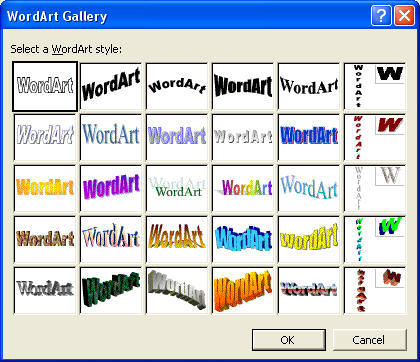GCM 110 Assignment 2
Hi my name is Rachel and welcome to my blog! On this blog, you will discover the typography trends of the late 1990s to late 2000s.
Typography is a way of communicating ideas. It is often overlooked, however the use of typography is essential to our daily lives, it is the art of arranging text where it is legible and appealing. That being said, the use of typefaces is essential in the design process. “The entire appearance of a printed piece can be affected by the choice of typographic style,” (Pocket Pal, 2007). Back then, typefaces were accepted, rather than chosen. With the evolution of technology, certain design trends and styles are bound to change as the years go on. Typography is not the same as it used to be back then. Typography is always changing, it is ambitious.
The following blog posts will discuss the typography era in the late 1990’s to early 2000’s, regarding the various typefaces, typography style trends that were popular back then.
The research done for this assignment will identify the trends of typography and famous typefaces used back in the late 1990’s to early 2000’s. Click below on the following links to read the blog posts.
The research done for this assignment will identify the trends of typography and famous typefaces used back in the late 1990’s to early 2000’s. Click below on the following links to read the blog posts.










